Diamonds
We are your personalized tour guides to purchasing a diamond and we share our knowledge with you when you shop with us. The more you know about your diamond jewelry, the more confident you will feel when making your diamond jewelry choices. Take a moment to learn more about the 4Cs and find out how they play an important role in making your diamond jewelry unique.
Diamond Shapes










Diamond Cuts
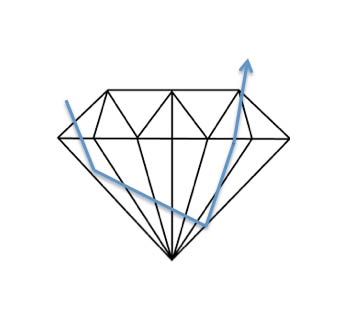
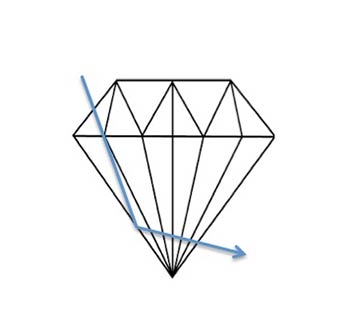

Diamond Colors
Color refers to the natural body color of a diamond and not to the reflection of spectral colors that flash when a diamond moves. Most diamonds naturally exhibit slight hints of yellow, brown, or gray. This color is caused by natural trace elements of nitrogen that were present when the diamond formed under the Earth’s crust. The less color a diamond exhibits, the higher the rarity, and therefore the higher the value.
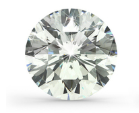
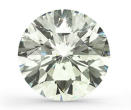

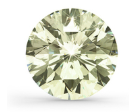

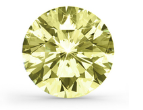

Diamond Clarity
Clarity is the degree to which a diamond is free from flaws. Imperfections in the stone are referred to as either inclusions (internal) or blemishes (external).
The clarity is judged by the number and types of these characteristics and is designated using a scale where the highest grade is flawless meaning no imperfections visible under 10x magnification to I3 where imperfections are readily seen to the naked eye. Like people, diamonds have "birthmarks" that vary in size, shape, position, quantity and color which affect the final clarity grade of a diamond. The imperfections in the stone were trapped within or on the diamond while it was forming and the inclusions may be crystals of a foreign material or structural imperfections such as tiny cracks, known as feathers, which can appear whitish or cloudy. Diamonds with no or few inclusions are considered particularly rare and highly valued.
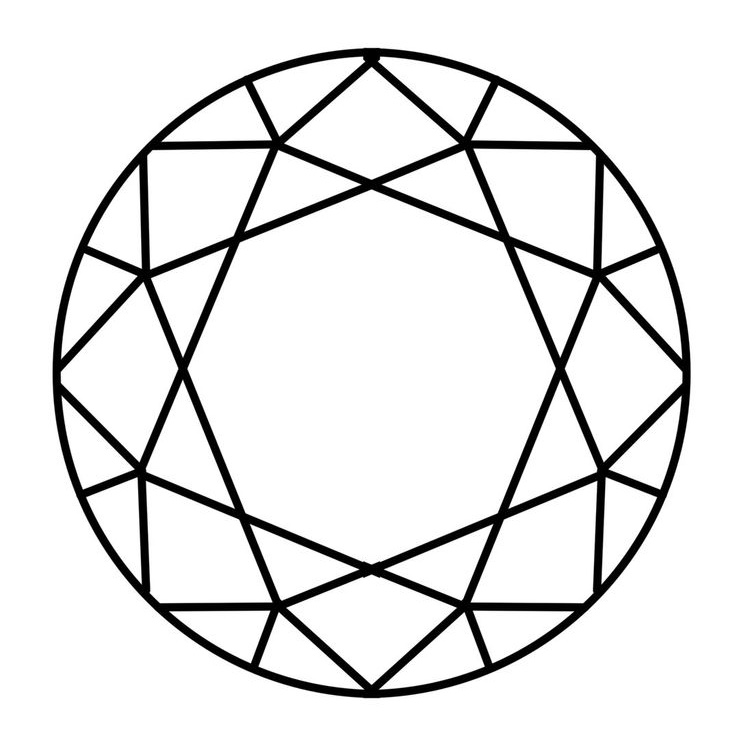
Flawless (FL) - Internally Flawless (IF) - There are no inclusions present (under 10x magnification) in this grade of diamond.
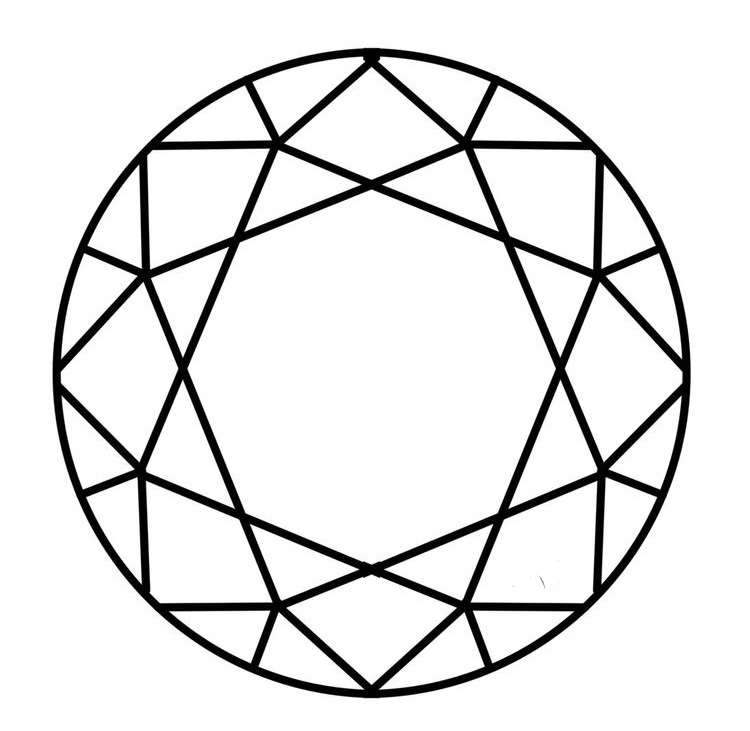
Very, Very Slightly Included (VVS1 and VVS2) - The inclusions are extremely difficult to see under 10x magnification.

Very Slightly Included (VS1-VS2) - The inclusions present in this grade are difficult to find under 10x magnification.

Slightly Included (SI1-SI2) - The inclusions are easy to find under 10x magnification.

Imperfect (I1-I2) - The inclusions are unmistakably noticeable under 10x magnification and are visible to the naked eye.

Diamond Carat
The unit of measure used exclusively to weigh gems and diamonds. Carat weight can also be divided further by using points. There are 100 points in one carat. So a 1/4 (.25) carat stone can also be expressed as 25 points and mean exactly the same. Please note that two diamonds of equal weight can have very unequal value depending upon the cut, color and clarity of each. Depending on the shape and type of gemstone being weighed, the weight will visually show itself differently. For example, a 1.00 ct. round diamond will measure around 6.5mm, and a 1.00 ct. round sapphire will measure around 6.0mm. This is due to the varying density of different gemstones as well as colored stones often times being cut with heavier bellies.

